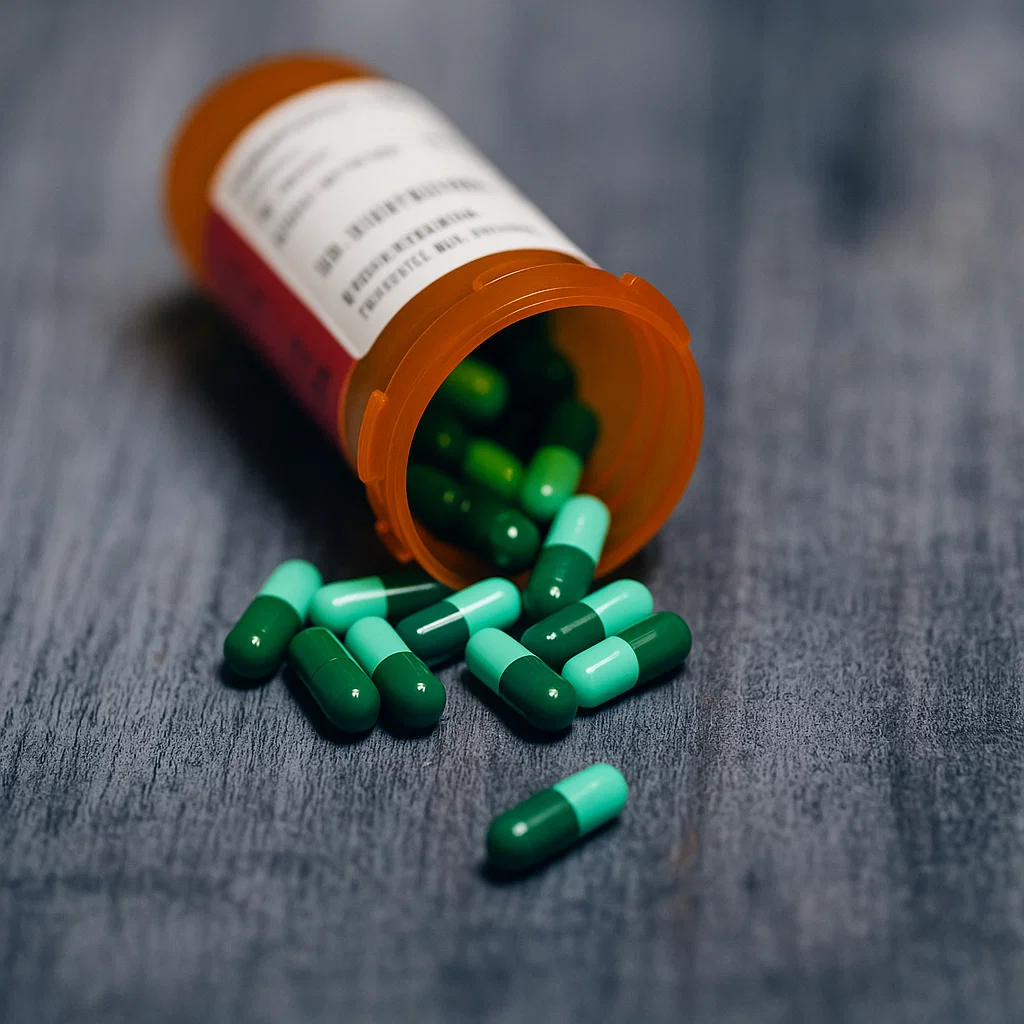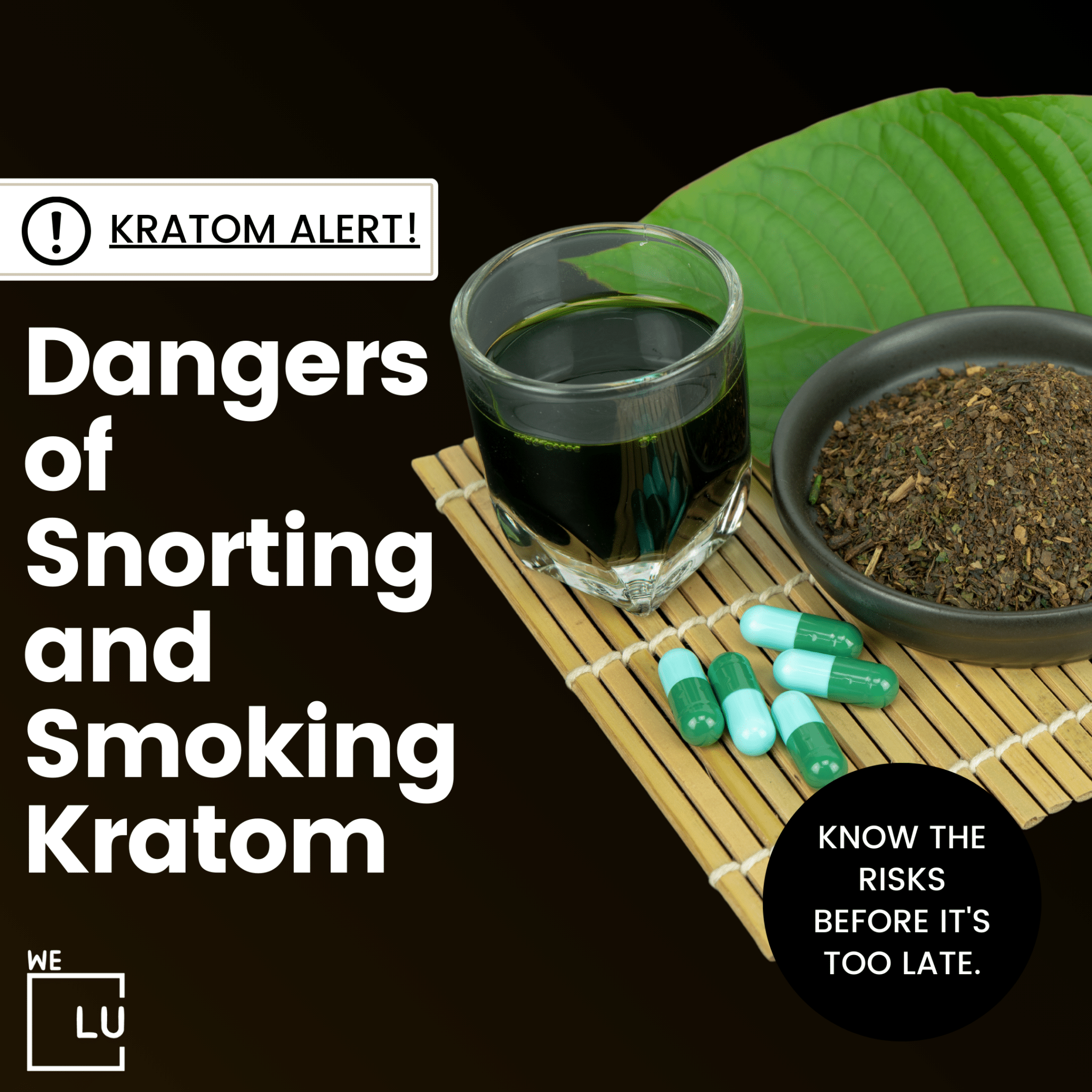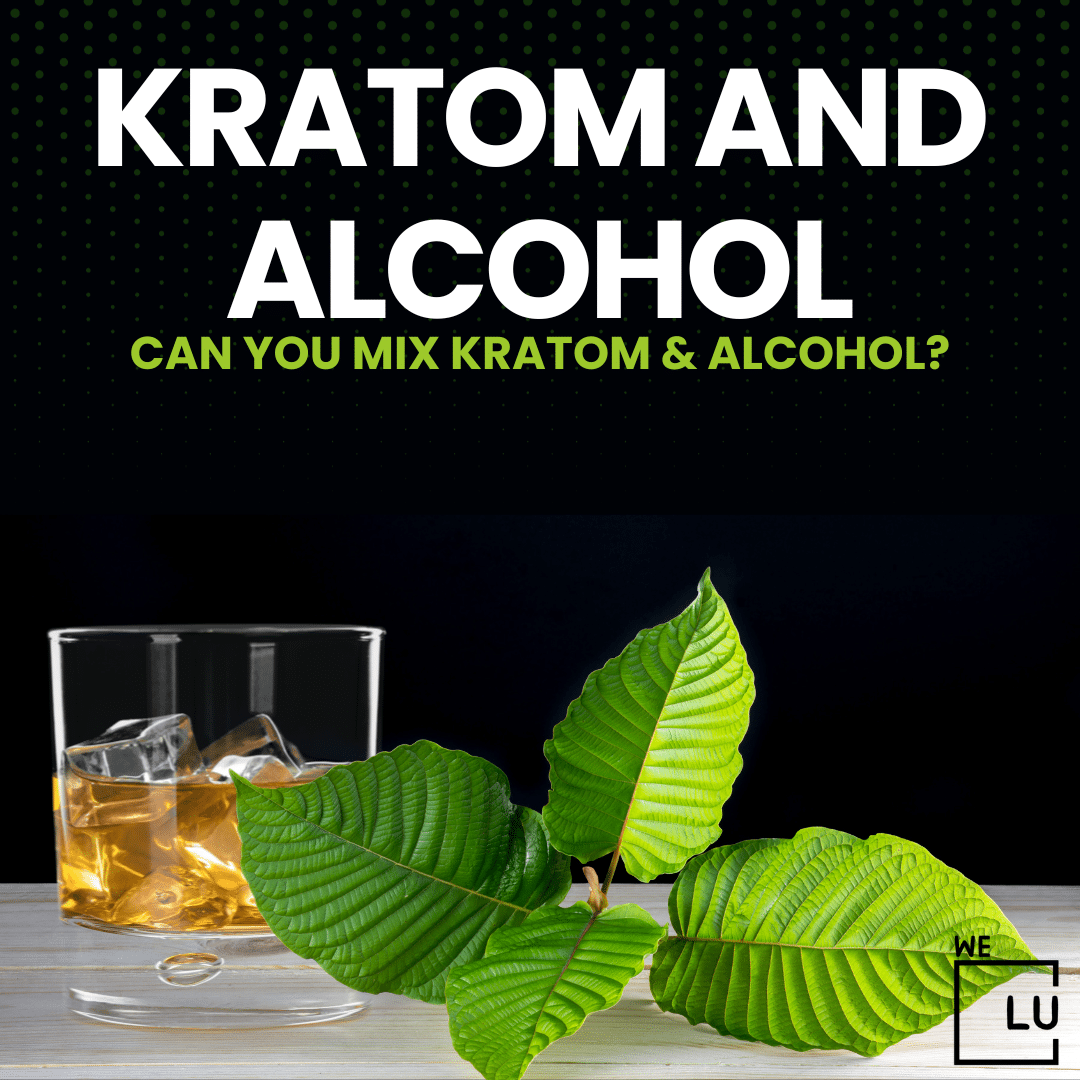What Is The Blues Drug?
Blues is a street name for oxycodone, which is a prescription drug used to relieve moderate and severe pain. It is a type of commonly abused prescription painkiller that is highly addictive and frequently abused. The pills are stamped with an “M” logo on one end and the number 30 imprinted on the other. Counterfeit versions of oxycodone medication contain illegally manufactured fentanyl, which is a synthetic opioid prescribed for severe pain.
Fentanyl is more potent and deadlier than oxycodone. These fake M30s are made with a pill press and include fentanyl. The pills are sold by many drug dealers as genuine Oxycodone pills to unsuspecting buyers, fueling the nation’s opioid crisis.
Other Blues Drug Slang
Some people may use street names or slang terms when referring to oxycodone. These can vary regionally, and it’s essential to be aware of the potential risks associated with the misuse of prescription drugs. Some common street names for oxycodone may include:
- 30s.
- 40s.
- 512s.
- Beans.
- Blues.
- Buttons.
- Cotton.
- Greens.
- Hillbilly Heroin.
- Kickers.
- Killers.
- Muchachas.
- Mujeres.
- OC.
- Oxy.
- Oxy 80s.
- Roxy.
- Roxy Shorts.
- Whites.
Why Are Counterfeit Blues So Deadly?
The opioid epidemic has resulted in numerous fatalities, and oxycodone, when sold illicitly on the drug market under various names to downplay its potency or risks, can be particularly lethal. In recent years, the Drug Enforcement Administration (DEA) has uncovered numerous counterfeit pills that have contributed to the rise in overdose deaths.
The emergence of counterfeit pills has become a significant issue, driven in part by the high costs of buying from legitimate pharmacies. Some individuals opt to purchase prescription drugs illegally as a means of saving money, while others, lacking a legitimate prescription for substances like pain medication, resort to self-medicating through illicit drug purchases.
In those instances, those engaging in recreational drug use may pay for a prescription medication like oxycodone, believing it to be a safer alternative to substances like heroin. Unfortunately, this is far from true, especially with the influx of counterfeit pills into the market.
Here are some key factors contributing to the danger of counterfeit oxycodone:
- Fentanyl Content: Many counterfeit oxycodone pills are illicitly manufactured and may contain varying, and often unpredictable, amounts of fentanyl. Fentanyl is a synthetic opioid that is significantly more potent than oxycodone and other traditional opioids. Even a tiny amount of fentanyl can lead to overdose and death.
- Lack of Quality Control: Counterfeit drugs are often produced in clandestine labs without quality control measures. This means there is a high degree of variability in the composition and dosage of these counterfeit pills. Users cannot be sure of the actual ingredients or strength of the medication they are taking, increasing the risk of overdose.
- Inexperience of Users: Individuals purchasing counterfeit drugs may be unaware of the dangers associated with these substances. People accustomed to a specific dosage of oxycodone may inadvertently ingest a much more potent substance when consuming counterfeit pills, leading to an overdose.
- Street Distribution: Counterfeit drugs, including fake oxycodone, are distributed through illegal channels by street-level drug dealers. These dealers may not be aware of the exact composition of the pills they are selling, further increasing the risks for the end-users.
- Combination with Other Substances: Counterfeit drugs may be adulterated with other dangerous substances, such as stimulants or other opioids. The combination of different drugs can have unpredictable and potentially lethal effects.
- Delayed or Rapid Release of the Drug: Counterfeit pills may have inconsistent release mechanisms, leading to either delayed or rapid release of the drug in the body. This can contribute to unpredictable and dangerous effects, increasing the risk of overdose.
- Difficulty in Distinguishing Counterfeits: Counterfeit oxycodone pills often closely resemble legitimate pharmaceuticals, making it challenging for users to identify fake medications visually. This increases the likelihood of individuals unknowingly consuming counterfeit drugs.
Individuals must obtain medications only from legitimate sources with valid prescriptions and be aware of the risks associated with counterfeit drugs. If there are concerns about the authenticity of a medication, seeking advice from healthcare professionals or pharmacists is essential.

Skip To:
Learn More:
- Oxycodone Vs Oxycontin. What Is The Difference And Similarities?
- Oxycodone Side Effects, Uses, Interactions, Addiction Facts
- Does Oxycodone Make You Sleepy? Oxycodone Effects On Sleep
- Oxycodone Dosage, Side Effects, Uses, Overdose, & Addiction
- How Long Does Oxycodone Take To Work? Timeline and Factors.
- Oxycodone Withdrawal Symptoms, Timeline, and Detox
- Tramadol Vs Oxycodone, Comparison Of Side Effects & Efficacy
- Dilaudid Vs Oxycodone, Which Is Better For Pain Management?
- Morphine Vs Oxycodone, Is Morphine Stronger Than Oxycodone?

Get Your Life Back
Find Hope & Recovery. Get Safe Comfortable Detox, Addiction Rehab & Dual Diagnosis High-Quality Care.
Hotline (855) 695-1160
Side Effects Of Blues
Oxycodone is an opioid analgesic commonly prescribed for the management of moderate to severe pain. Like any medication, oxycodone can have side effects. Side effects can vary from person to person, and not everyone will experience them. Additionally, misuse or abuse of oxycodone can lead to more severe and potentially life-threatening side effects. Here are some common side effects associated with oxycodone:
- Common Side Effects:
- Constipation.
- Nausea.
- Vomiting.
- Dizziness or lightheadedness.
- Drowsiness.
- Headache.
- Less Common Side Effects:
- Itching or rash.
- Dry mouth.
- Sweating.
- Mood changes (e.g., anxiety, agitation).
- Loss of appetite.
- Serious Side Effects (Seek Immediate Medical Attention):
- Shallow or slow breathing.
- Severe drowsiness or difficulty waking up.
- Confusion.
- Seizures.
- Severe constipation may lead to bowel obstruction.
- Signs of an allergic reaction include rash, itching, swelling, severe dizziness, or difficulty breathing.
Take oxycodone only under the supervision of a healthcare professional, following the prescribed dosage and instructions. If you experience any concerning or severe side effects, it’s essential to seek medical attention promptly.
Additionally, long-term use of opioids like oxycodone can lead to physical dependence and tolerance, where higher doses may be needed to achieve the same level of pain relief. Abruptly stopping the medication can lead to withdrawal symptoms, so it’s important to work closely with a healthcare provider when discontinuing opioid medications.
Misuse of oxycodone, such as taking it without a prescription or in higher doses than prescribed, can increase the risk of severe side effects, overdose, and addiction. If you have any concerns or questions about oxycodone or its side effects, it’s recommended to discuss them with your healthcare provider.
Get Help. Get Better. Get Your Life Back.
Searching for an Accredited Drug and Alcohol Rehab Centers in Near You?
Even if you have failed previously and relapsed, or are in the middle of a difficult crisis, we stand ready to support you. Our trusted behavioral health specialists will not give up on you. When you feel ready or just want someone to speak to about therapy alternatives to change your life call us. Even if we cannot assist you, we will lead you to wherever you can get support. There is no obligation. Call our hotline today.
FREE Addiction Hotline – Call 24/7Origins Of The Blues Drug
The blues drug, commonly known as M30, refers to a 30mg oxycodone pill distinguished by its distinctive blue color. Identified by the “M” imprint on one side and “30” on the other, these pills are frequently found in illicit markets. A concerning reality is the striking resemblance of many counterfeit pills to these 30mg oxycodone tablets. Illicitly produced by drug traffickers, these fraudulent pills often contain fentanyl, significantly heightening their lethality.
Counterfeit pills, often originating from countries like China and Mexico, are widespread across the United States. Lack of quality control measures means these pills may harbor fatal doses of fentanyl or other hazardous substances, posing life-threatening risks. Online sales, facilitated through internet marketplaces and social media, serve as primary channels for distributing these counterfeit medications.
Another alarming trend involves high school and college students obtaining Adderall and Xanax from dark web drug markets or through social media referrals. These drugs, purportedly tainted with fentanyl or methamphetamine, also pose substantial dangers to the health and well-being of young individuals.
The U.S. opioid epidemic traces back to the 1990s, marked by a sharp increase in opioid prescriptions. This crisis persisted as those addicted to opioids turned to heroin due to its affordability and accessibility. The most recent phase of this crisis revolves around the proliferation of counterfeit pills.
Illicitly produced in clandestine laboratories, these fake pills primarily contain fentanyl and are crafted to mimic legally prescribed opioids for pain relief or anxiety management, such as OxyContin, Xanax, or Percocet. Street-level drug dealers distribute these fake pills, falsely marketing them as genuine pharmaceuticals. Moreover, the online black market has streamlined the sale and distribution of these counterfeit pills via mail. Importantly, no evidence indicates the infiltration of fake pills into the legitimate prescription supply chain.

Comfortable Facilities & Amenities
High-Quality Addiction & Mental Health Rehabilitation Treatment
Rehab Centers TourRenowned California Addiction Center. Serene Private Facilities. Inpatient rehab programs vary.
Addiction Helpline (855) 695-1160Proven recovery success experience, backed by a Team w/ History of:
15+
Years of Unified Experience
100s
5-Star Reviews Across Our Centers
10K
Recovery Success Stories Across Our Network
- Low Patient to Therapist Ratio
- Onsite Medical Detox Center
- Comprehensive Dual-Diagnosis Treatment
- Complimentary Family & Alumni Programs
- Coaching, Recovery & Personal Development Events

Opioid Addiction
Opioid addiction, also known as opioid use disorder (OUD), is a chronic medical condition characterized by the compulsive use of opioids despite adverse consequences. Opioids are a class of drugs that include prescription pain relievers like oxycodone, hydrocodone, morphine, and illegal substances like heroin. Opioid addiction can have severe physical, psychological, and social implications.
Opioid addiction is a complex and challenging condition, but recovery is possible with appropriate treatment and support. If you or someone you know is struggling with opioid addiction, seeking help from healthcare professionals, addiction specialists, or support groups is crucial for a comprehensive and tailored recovery plan.
Here are key points related to opioid addiction:
- Causes and Risk Factors:
- Prescription Opioids: Legitimate use of prescription opioids for pain management can lead to dependence and, in some cases, addiction.
- Genetic Factors: There may be a genetic predisposition to opioid addiction.
- Psychological Factors: Mental health issues, trauma, or stress can contribute to the development of addiction.
- Symptoms and Signs:
- Craving: Intense desire for opioids.
- Loss of Control: Inability to limit or stop opioid use.
- Tolerance: Needing higher doses to achieve the desired effects.
- Physical Dependence: Experiencing withdrawal symptoms when not using opioids.
- Neglecting Responsibilities: Prioritizing drug use over personal, social, or work obligations.
- Health Consequences:
- Physical Health Issues: Opioid use can lead to respiratory depression, constipation, and an increased risk of infectious diseases (e.g., HIV, hepatitis).
- Mental Health Issues: Increased risk of anxiety, depression, and other mental health disorders.
- Treatment Options:
- Medication-Assisted Treatment (MAT): Involves medications like methadone, buprenorphine, or naltrexone, combined with counseling and support.
- Behavioral Therapies: Cognitive-behavioral therapy (CBT) and contingency management are commonly used.
- Support Groups: Participation in mutual support groups like Narcotics Anonymous (NA).
- Inpatient or Outpatient Rehabilitation: Comprehensive programs addressing physical and psychological aspects of addiction.
- Prevention:
- Education: Public awareness campaigns about the risks of opioid use and the potential for addiction.
- Prescriber Education: Training healthcare professionals to prescribe opioids judiciously.
- Safe Disposal: Proper disposal of unused opioids to prevent diversion.
- Legal and Policy Measures:
- Prescription Monitoring Programs: Monitoring and regulating opioid prescriptions to prevent overuse.
- Access to Naloxone: Ensuring availability of naloxone, an opioid overdose reversal medication.
- Treatment Access: Improving access to addiction treatment services.
World-class, Accredited, 5-Star Reviewed, Effective Addiction & Mental Health Programs. Complete Behavioral Health Inpatient Rehab, Detox plus Co-occuring Disorders Therapy.
CALL (855) 695-1160End the Addiction Pain. End the Emotional Rollercoaster. Get Your Life Back. Start Drug, Alcohol & Dual Diagnosis Mental Health Treatment Now. Get Free No-obligation Guidance by Substance Abuse Specialists Who Understand Addiction & Mental Health Recovery & Know How to Help.
Opioid Overdose
Opioid overdose occurs when the body is overwhelmed by the effects of opioids, leading to potentially life-threatening symptoms. Opioids depress the central nervous system, which can result in slowed or stopped breathing, a critical condition known as respiratory depression. Opioid overdose is a medical emergency that requires immediate attention. Here are key aspects of opioid overdose:
- Common Causes:
- Accidental Overdose: Taking a higher dose than prescribed or using opioids more frequently than directed.
- Combining Substances: Concurrent use of opioids with other central nervous system depressants (e.g., alcohol, benzodiazepines) can increase the risk of overdose.
- Use of Illicit Opioids: Contaminated or potent opioids, such as fentanyl, increase the likelihood of overdose.
- Symptoms of Opioid Overdose:
- Slowed or Stopped Breathing: Shallow or irregular breathing, or complete cessation of breathing.
- Unresponsiveness: Difficulty awakening or inability to respond to stimuli.
- Bluish or Pale Skin: Cyanosis, particularly around the lips or fingertips.
- Pinpoint Pupils: Constricted pupils that do not respond to light.
- Risk Factors:
- High Dose or Potency: Taking high doses of opioids or using potent opioids like fentanyl.
- Tolerance Reduction: Individuals who have recently undergone detoxification or withdrawal may be more susceptible to overdose due to reduced tolerance.
- Prevention and Harm Reduction:
- Naloxone (Narcan): Naloxone is an opioid antagonist that can rapidly reverse the effects of opioid overdose. It is available as an injectable or nasal spray and is often administered by bystanders or emergency responders.
- Education: Training individuals at risk of overdose and their peers on recognizing the signs of overdose and administering naloxone.
- Avoiding Polydrug Use: Minimizing the concurrent use of opioids with other substances, especially depressants.
- Emergency Response:
- Call for Help: Dial emergency services immediately if an opioid overdose is suspected.
- Administer Naloxone: If available, administer naloxone according to the instructions provided.
- Perform CPR: If the person is unresponsive and not breathing, initiate cardiopulmonary resuscitation (CPR) until emergency medical help arrives.
- Post-Overdose Care:
- Medical Evaluation: Even if naloxone has been administered and the person appears to recover, seeking medical attention is crucial to address any lingering effects and prevent a potential relapse into overdose.
Opioid overdose is a critical and time-sensitive medical emergency. Timely intervention, including the administration of naloxone and emergency medical care, is essential for preventing fatalities associated with opioid overdose. Education, harm reduction strategies, and increased access to naloxone are vital components of efforts to address opioid overdose. If you suspect someone is experiencing an opioid overdose, seek immediate medical assistance.
Experience Transformative Recovery at the We Level Up California Treatment Center.
See our authentic success stories. Get inspired. Get the help you deserve.



Start a New Life
Begin with a free call to an addiction & behavioral health treatment advisor. Learn more about our dual-diagnosis programs. The We Level Up treatment center network delivers recovery programs that vary by each treatment facility. Call to learn more.
- Personalized Care
- Caring Accountable Staff
- World-class Amenities
- Licensed & Accredited
- Renowned w/ 100s 5-Star Reviews
We’ll Call You
“This Was Not How I Wanted To Live”, Ryan’s Recovery From Fentanyl, Heroin, & Oxycontin Addiction
Search We Level Up CA Blues Drug, Drug & Alcohol Rehab / Detox & Mental Health Topics & Resources
Sources
- FBI Law Enforcement Bulletin – The Fatal “Blues” – https://leb.fbi.gov/articles/featured-articles/the-fatal-blues Related: blues drugs, what are blues drugs, what is blues drug, blue pill drugs, what is the drug blues, the blues drugs, what are blues drug, what drug is called the blues, what are the blues drug, drug called blues, what are the blues drugs, what drug is the blues,
- US Equal Employment Opportunity Commission (EEOC) – Use of Codeine, Oxycodone, and Other Opioids: Information for Employees – https://www.eeoc.gov/laws/guidance/use-codeine-oxycodone-and-other-opioids-information-employees
- Drug Enforcement Administration. “Oxycodone.” April 2020.
- DEA – Oxycodone – https://www.dea.gov/factsheets/oxycodoneOxycodone.
- MedLine Plus – Oxycodone – https://medlineplus.gov/druginfo/meds/a682132.html
- FDA – Oxycontin Label – https://www.accessdata.fda.gov/drugsatfda_docs/label/2008/020553s059lbl.pdf
- Opioid addiction – U.S. National Library of Medicine (medlineplus.gov)
- Sadiq NM, Dice TJ, Mead T. Oxycodone. In: StatPearls [Internet]. Treasure Island (FL): StatPearls Publishing; 2023 Jan-. Available from: https://www.ncbi.nlm.nih.gov/books/NBK482226/ Related: blues drugs, what are blues drugs, what is blues drug, blue pill drugs, what is the drug blues, the blues drugs, what are blues drug, what drug is called the blues, what are the blues drug, drug called blues, what are the blues drugs, what drug is the blues,
- Cohen B, Ruth LJ, Preuss CV. Opioid Analgesics. [Updated 2023 Apr 29]. In: StatPearls [Internet]. Treasure Island (FL): StatPearls Publishing; 2023 Jan-. Available from: https://www.ncbi.nlm.nih.gov/books/NBK459161/
- Chou R, Hartung D, Turner J, et al. Opioid Treatments for Chronic Pain [Internet]. Rockville (MD): Agency for Healthcare Research and Quality (US); 2020 Apr. (Comparative Effectiveness Review, No. 229.) Available from: https://www.ncbi.nlm.nih.gov/books/NBK556253/
- National Academies of Sciences, Engineering, and Medicine; Health and Medicine Division; Board on Health Sciences Policy; Committee on Pain Management and Regulatory Strategies to Address Prescription Opioid Abuse; Phillips JK, Ford MA, Bonnie RJ, editors. Pain Management and the Opioid Epidemic: Balancing Societal and Individual Benefits and Risks of Prescription Opioid Use. Washington (DC): National Academies Press (US); 2017 Jul 13. Available from: https://www.ncbi.nlm.nih.gov/books/NBK458660/ doi: 10.17226/24781
- Zullo AR, Danko KJ, Moyo P, et al. Prevention, Diagnosis, and Management of Opioids, Opioid Misuse, and Opioid Use Disorder in Older Adults [Internet]. Rockville (MD): Agency for Healthcare Research and Quality (US); 2020 Nov. (Technical Brief, No. 37.) Available from: https://www.ncbi.nlm.nih.gov/books/NBK564144/




